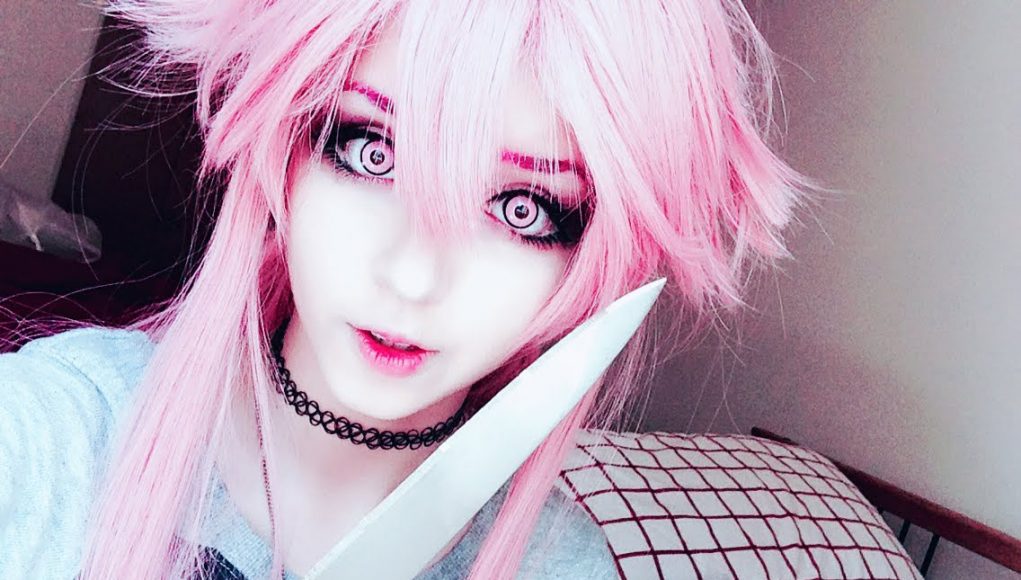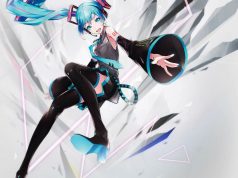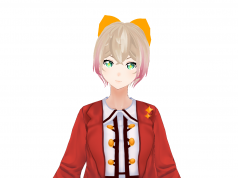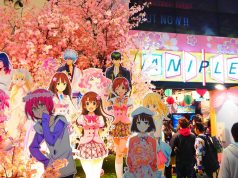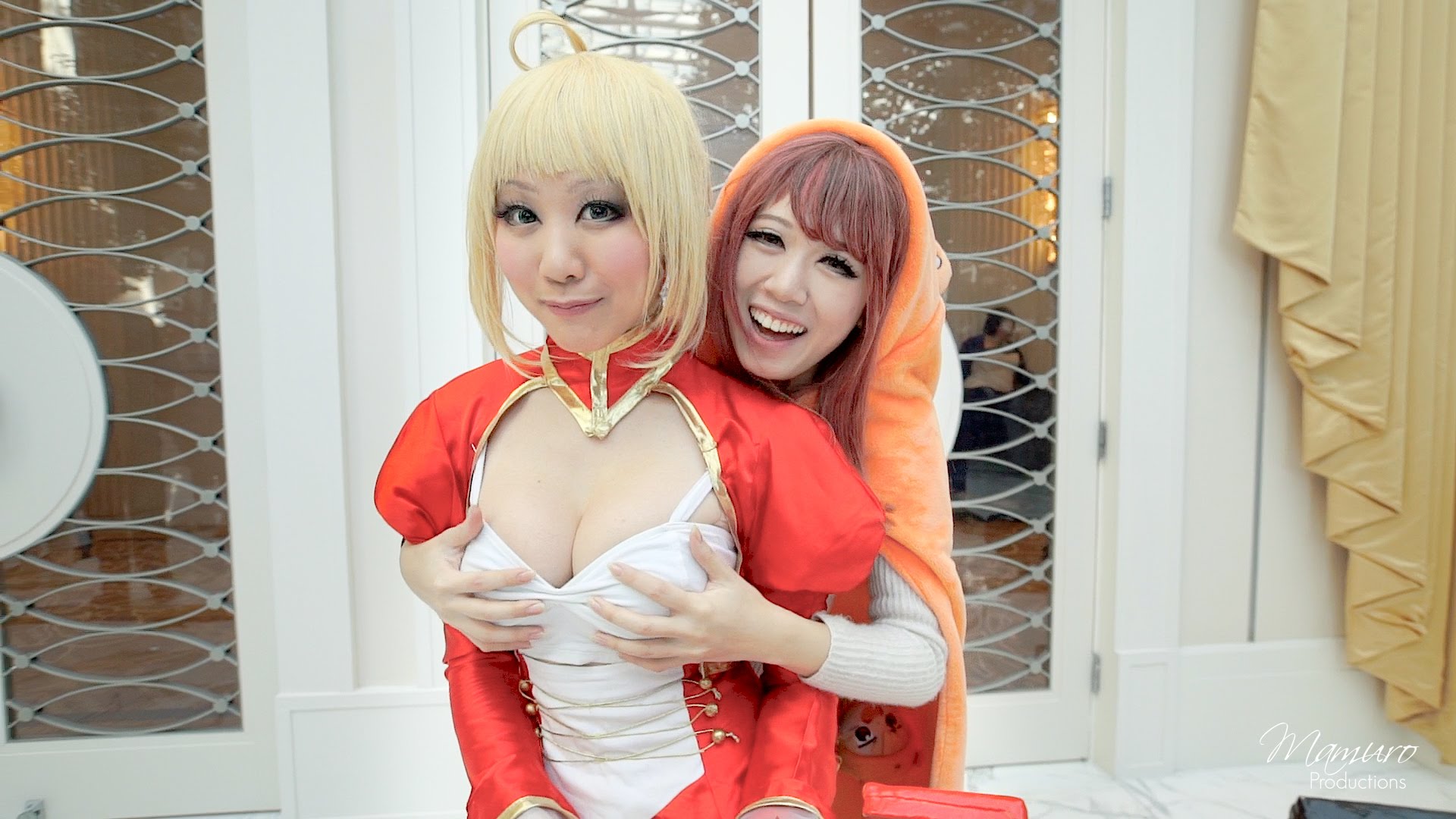Cosplayers often interact to create a subculture and a broader use of the term “cosplay” applies to any costumed role-playing in venues apart from the stage. Any entity that lends itself to dramatic interpretation may be taken up as a subject and it is not unusual to see genders switched. Favorite sources include manga and anime, comic books and cartoons, video games, and live-action films and television series.
The rapid growth in the number of people cosplaying as a hobby since 1990s has made the phenomenon a significant aspect of popular culture in Japan and some other parts of Asia and in the Western world. Cosplay events are common features of fan conventions and there are also dedicated conventions and local and international competitions, as well as social networks, websites and other forms of media centered on cosplay activities.
Presentation
Cosplay may be presented in a number of ways and places. A subset of cosplay culture is centered on sex appeal, with cosplayers specifically choosing characters known for their attractiveness or revealing costumes. However, wearing a revealing costume can be a sensitive issue while appearing in public.
Photography
The appearance of cosplayers at public events makes them a popular draw for photographers. As this became apparent in the late 1980s, a new variant of cosplay developed in which cosplayers attended events mainly for the purpose of modeling their characters for still photography rather than engaging in continuous role play. Rules of etiquette were developed to minimize awkward situations involving boundaries. Cosplayers pose for photographers and photographers do not press them for personal contact information or private sessions, follow them out of the area, or take photos without permission. The rules allow the collaborative relationship between photographers and cosplayers to continue with the least inconvenience to each other.
Some cosplayers choose to have a professional photographer take high quality images of them in their costumes posing as the character. This is most likely to take place in a setting relevant to the character’s origin, such as churches, parks, forests, water features, and abandoned/run-down sites. Cosplayers and photographers are likely to exhibit their work online, which they can do on general blog, social networking service, and artist gallery websites (such as flickr, deviantART, Instagram, Facebook, tumblr and Twitter) or on dedicated cosplay community websites. They may also choose to sell such images, or use them as part of their portfolio.
Competitions
The most well-known cosplay contest event is the World Cosplay Summit, selecting cosplayers from 20 countries to compete in the final round in Nagoya, Japan. Some other international events include European Cosplay Gathering (finals taking place at Japan Expo in Paris, France), EuroCosplay (finals taking place at London MCM Expo), and the Nordic Cosplay Championship (finals taking place at NärCon in Linköping, Sweden).
About World Cosplay Summit
The World Cosplay Summit, also known as WCS, is an annual international cosplay event that promotes friendly international exchange through Japanese pop culture. In 2012 the WCS was incorporated as a company and until that year was organized by the events division of TV Aichi. It is supported by city organizations, businesses and the WCS student volunteer organization Omotenashi. The parade and championship are held in Nagoya, Aichi, Japan with several related events being held in the Kanto, Kansai and Tokai areas. A cosplay stage performance competition called the ‘Cosplay Championship’ was first held at Aichi Expo in 2005 and selection of national representatives for the event comes from preliminary and regional rounds held at partnering anime/manga events the respective countries of the participants.
[World Cosplay Summit Parade in Nagoya, Japan]


